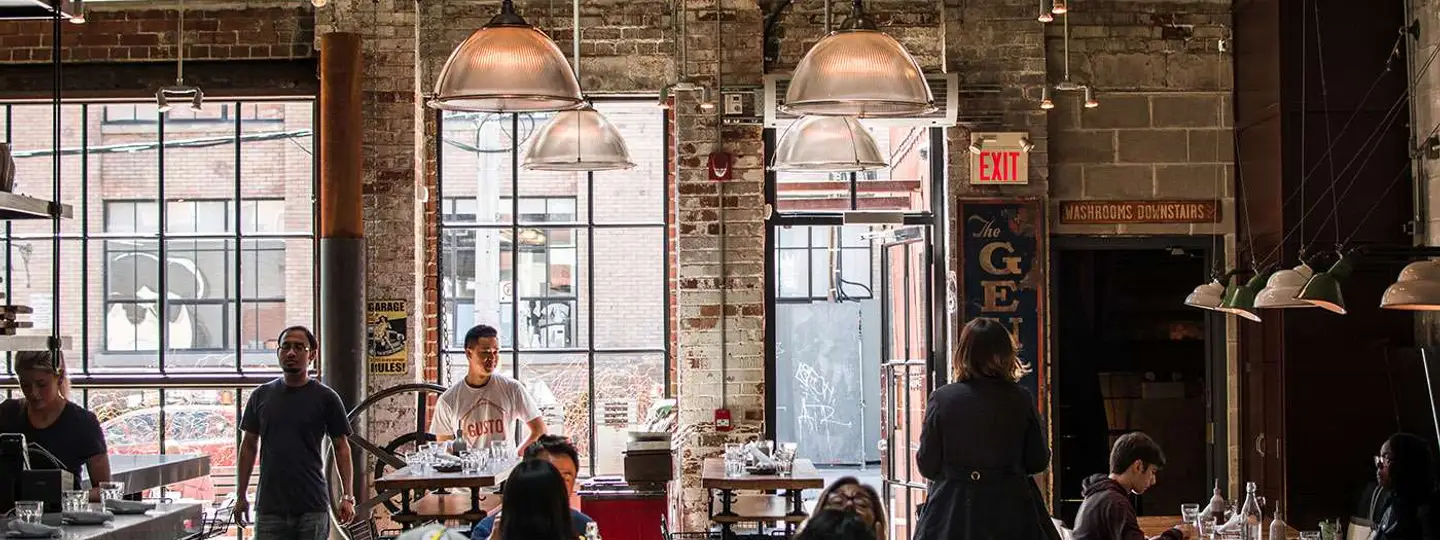The holiday season poses a number of challenges to restaurants, from employee time off to inconsistent sales and bad weather. On top of that, 61 percent of restaurants see a decline in customers during holidays, as many tend to stay home to cook for family and friends. Managing with best practices is a key way to combat these negative trends, and so we’ve put together five tips to help restaurant managers make the most of their business during the holidays.
Schedule far in advance
With large staffs of back- and front-of-house employees, full and part time workers, and the ever-present risk of no-shows, restaurant scheduling is tricky even under normal circumstances. The holiday season compounds this with treacherous weather and employees with holiday plans. The first step for restaurant managers is to plan early. Talk to employees about staffing needs and holiday plans, and create a schedule for the holidays at least a month in advance. The accessibility and transparency of online employee scheduling apps are excellent for this and other employee time management needs.
As you build the holiday schedule, consider setting black out days for peak times in which no one can request time off. During shift meetings remind employees about contractual penalties (as well as the burden to their colleagues!) of no-shows and last minute call-ins. Finally, consider setting aside 2 – 3 days throughout the holiday season when the restaurant is closed all together so that everyone can catch a breather.
Plan to be flexible
With the sheer number of moving parts involved in running a restaurant, calling the restaurant business dynamic is an understatement. Even with the most meticulous planning, unexpected disruptions are bound to happen. If past seasonal sales data are available, consult it to help forecast staffing needs during the upcoming holidays. And whatever the case, plan to overstaff as a buffer against unexpected slammed service periods – a sudden break in bad weather or a massive family gather can flip a slow night to pandemonium in a second. Being equipped to handle such a sudden influx not only generates a nice profit that day, but stands a good chance to create returning patrons once the holiday season is over.
Educate the wait staff
Well-trained, motivated servers are key to maximizing sales both in slow and busy service periods. Training the wait staff to be knowledgeable on the menu and assertive in service can turn slow nights into patron-creating experiences, and keep tables turning quickly during busy times.Assertive servers (ie. helpful, not pushy) make knowledgeable suggestions and guide diners through the meal, thus decreasing customer wait and decision-making time, and increasing overall customer satisfaction.
Hire seasonal staff (early!)
Additional temporary staff during the holidays eases the burden on everyone in a restaurant. Whether it’s extra servers, bussers, cooks, or dish washers, more hands will help everyone maintain high standards of quality and service when faced with a sudden influx of customers. The critical aspect here is hiring early and thorough training. Untrained staff pose a greater liability than benefit, as one gaffe will sour an otherwise perfect meal in many customers’ memories. Hire early to make sure seasonal staff have the experience and knowledge necessary to keep up with hectic all-hands-on-deck shifts.
Create a simple yet innovative holiday menu
Simplifying the menu increases work efficiency for both front- and back-of-house staff. It also provides for a more focused, less waste-prone inventory throughout the holiday sales flux. When trimming a menu, however, it’s important to play to strengths while putting innovation forward. According to Food Newsfeed, customers want a taste of their favorite holiday dishes, but don’t want to be bored by convention. Work with the kitchen team to develop creative spins on holiday traditions. This will keep operations running efficiently, and give customers something new to recommend to friends and family.





